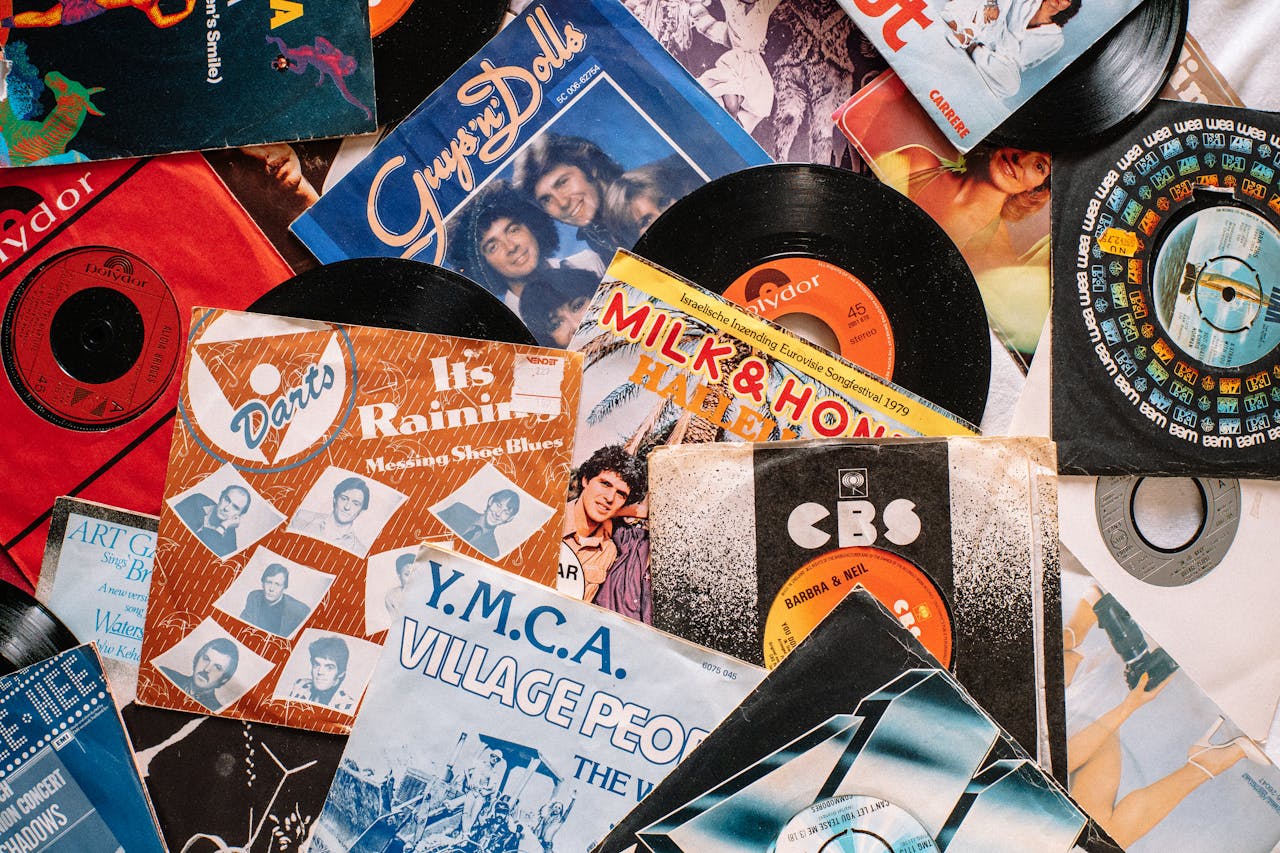Smart Phone Tips
Android & iPhone
Be good to your smart phone so it will be good to you. These smart phone tips will keep your devices happy and your data safe. One of the biggest hassles of technology is lost data. Preventive maintenance is your friend.
1. Regular Cleaning and Maintenance
- Clean the Screen and Body: Use a dry, soft cloth to wipe the screen and body regularly to remove dust and fingerprints.
- Remove Dust from Ports: Use a thin, non-sharp object to gently clean out dust and debris from ports.
- Clean the Camera Lens: Apply a small amount of lens cleaning fluid to a cloth and wipe the camera lens.
2. Battery Care
- Avoid Extreme Temperatures: Keep your phone between 32°F to 95°F (0°C to 35°C) to prevent battery damage. Don’t leave your phones or other electronics in a hot car. They overheat!
- Charge Smartly: Avoid fully charging or completely draining your battery. Keep it between 20% and 80%.
- Use Power Saving Mode: Enable power saving mode to extend battery life when needed.
3. Software Updates and Security
- Update Regularly: Keep your operating system and apps updated to ensure you have the latest security patches and features.
- Install Security Apps: Use reputable security apps to protect your phone from malware and other threats
4. Storage and Memory Management
- Delete Unused Apps: Regularly remove apps you no longer use to free up space and improve performance.
- Monitor Battery-Draining Apps: Identify and manage apps that consume a lot of battery.
5. Safe Handling and Usage
- Use a Case and Screen Protector: Protect your phone from physical damage with a sturdy case and screen protector.
- Avoid Water and Dust Exposure: Keep your phone away from water and dusty environments to prevent damage.
6. Backup and Data Protection
- Regular Backups: Use cloud services or external storage to back up important data regularly. See below for more details on backing up your phone.
- Enable Find My Device: Activate this feature to locate your phone if it gets lost or stolen.
7. Managing Usage Time
Monitor Screen Time: Use apps like QualityTime or Moment to track and manage your phone usage.
Disable Notifications: Turn off non-essential notifications to reduce distractions.
Back ups
Backing up your smartphone is crucial to ensure you don’t lose important data. It’s also something that most people don’t do. Here are some of the best ways to back up your smartphone:
Cloud Storage Services
- Google Drive: Automatically back up your photos, videos, contacts, and more. For Android users, this is often the easiest and most integrated option. Keep in mind that there is a fee for additional Google Drive storage. Avoid duplication.
- iCloud: For iPhone users, iCloud can back up your entire device, including app data, settings, and media. Keep in mind that there is a fee for additional iCloud storage. Avoid duplication.
- Dropbox/OneDrive: These services can be used to manually back up files and photos. Keep in mind that there is a fee for additional cloud storage. Avoid duplication.
Local Backups
- Computer Backup: Connect your phone to your computer and use software like iTunes (for iOS) or Android File Transfer to back up your data manually.
- External Storage: Use an external hard drive or USB stick to store your backups. Some Android phones support direct transfer to external storage devices.
Backup Apps
- Google Photos: Automatically back up photos and videos with unlimited storage at high quality (or original quality with storage limits).
- Third-Party Apps: Apps like G Cloud Backup, Swift Backup, and others offer comprehensive backup solutions for Android.
Manual Backups
- Export Contacts and Calendars: Manually export your contacts and calendar events to a file and store it on your computer or cloud storage.
- Copy Files: Manually copy important files, such as documents and media, to your computer or an external drive.
Automated Backups
- Scheduled Backups: Set up automatic backups at regular intervals using your phone’s built-in settings or third-party apps.
- Sync Services: Use services like Google Sync or Apple’s iCloud to keep your data synchronized across devices.
Move data from smart phone to PC
There are several ways to transfer data from your smartphone to your PC. Here are a few common methods:
Using a USB Cable
- Connect your phone to your PC using the USB cable that came with your phone.
- Unlock your phone and tap the “Charging this device via USB” notification.
- Select “File Transfer” under “Use USB for.”
- A file transfer window will open on your PC Drag and drop files from your phone to your PC.
Using Bluetooth
- Upload files from your phone to a cloud service like iCloud, Google Drive, Dropbox, or OneDrive.
- Access the cloud service on your PC and download the files.
Using Wi-Fi Transfer Apps
- Download a Wi-Fi transfer app like AirDroid, SHAREit, or Wi-Fi FTP Server on your phone.
- Follow the app instructions to connect your phone and PC over the same Wi-Fi network.
- Transfer files wirelessly
By following these tips, you can keep your smartphone in great condition and ensure it serves you well for a long time.


